Sourdough Rolls with Potato Flake Starter
Baking bread at home has always been a rewarding experience, and this recipe elevates it with a unique potato flake starter. Follow along to learn how to create Sourdough Bread Rolls with a crispy crust and a soft, fluffy interior.
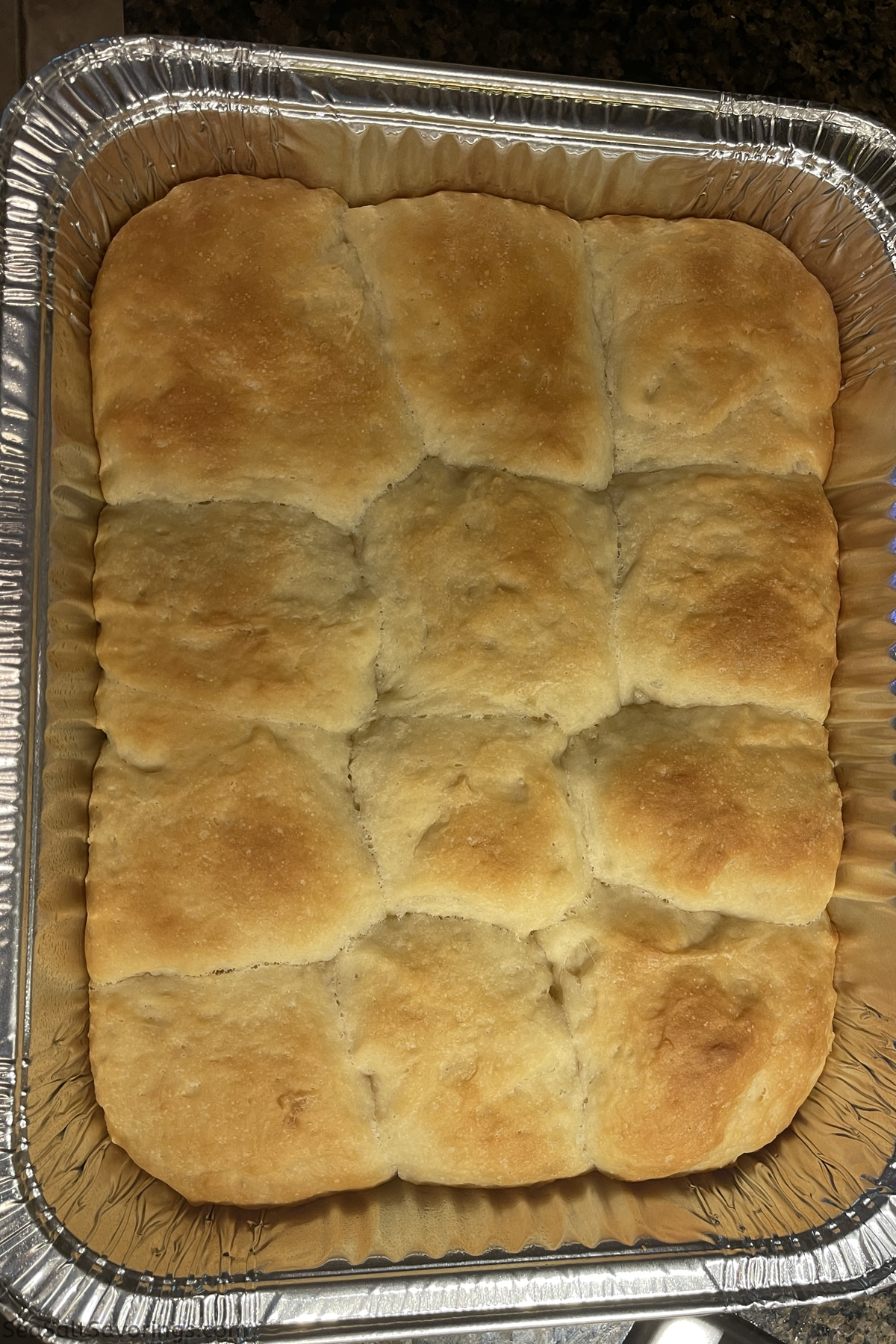
Table of Contents
Chef’s Tips
- Utilize a quart-size mason jar for preparing the starter, and remember to cover it loosely to allow gases to escape during fermentation.
- Pre-measure the feed ingredients for the starter to streamline the feeding process after the initial 8-hour period.
- A stand mixer fitted with a bread hook can be a great help in mixing the bread ingredients effectively and kneading the dough to the right consistency.
- Aluminum pans are ideal for this recipe, especially if you intend to share the fresh, warm bread with others.
Ingredients
Starter
- ¾ cup sugar: This will serve as food for the yeast, helping it to ferment and develop the necessary flavors and leavening power for your bread.
- 3 tbsp instant potato flakes: An unorthodox, but effective, ingredient that helps to nourish the yeast and give the bread a good texture.
- 1 pack of active dry yeast: This will be the primary leavening agent for your bread, fermenting the sugars to produce carbon dioxide, which makes the bread rise.
- 1 cup water: Needed to hydrate the yeast and dissolve the other ingredients, creating a hospitable environment for fermentation to take place.
Bread
- 6 cups bread flour (loosely packed): The main structure of your bread, bread flour contains more protein than all-purpose flour, giving your bread a chewier texture.
- 1 tbsp salt: Enhances the flavor of the bread and controls the fermentation rate of the yeast.
- ½ cup vegetable oil: Adds moisture and richness to the bread, creating a tender crumb.
- ¾ cups sugar: Adds sweetness to the bread and assists in browning during baking.
- 1½ cups bread starter: This is the fermented mixture created from your starter ingredients, which will serve as the leavening agent for your bread.
- 1½ cups water: Adds necessary hydration to bind the flour and other ingredients into a cohesive dough.
Substitutions/Variations
- Sugar: If you prefer a less sweet bread, you can reduce the amount of sugar to your taste preference. Alternatively, you might try a natural sweetener like honey or agave syrup.
- Instant potato flakes: In case you don’t have instant potato flakes on hand, mashed fresh cooked potatoes can be used as a 1:1 substitution.
- Bread flour: While bread flour is recommended for a chewier texture, you can use all-purpose flour in a pinch, though the texture of your bread will be slightly different.
- Vegetable oil: Feel free to substitute with melted butter, olive oil, or even coconut oil for a different flavor profile.
- Active dry yeast: If you have fresh yeast, you can use it instead of active dry yeast. The conversion ratio is generally 1 part dry yeast to 2.5 parts fresh yeast.
Instructions
Preparing the Starter
- In a quart-size mason jar, combine the sugar, instant potato flakes, and active dry yeast. Mix the dry ingredients well to incorporate evenly.
- Add water to the dry mixture and stir well to combine.
- Cover the jar loosely and let it sit at room temperature for 8 hours.
- After 8 hours, feed the starter with equal amounts of sugar, potato flakes, and water as initially used. Stir well to combine.
- Cover loosely again and let it sit for another 8 hours. Your starter is now ready to be used in the bread recipe.


Preparing the Bread
- In a large mixing bowl or stand mixer, combine the salt, vegetable oil, sugar, bread starter, and water. Mix well to integrate all the ingredients.
- Gradually add half the quantity of the bread flour and mix well to combine before adding the remaining flour.
- Knead the mixture into a smooth, elastic dough.
- Transfer the dough to a well-oiled bowl, cover with a clean dish towel, and let it rise in a cool, dark place until it doubles in size, which could take approximately 1-2 hours.
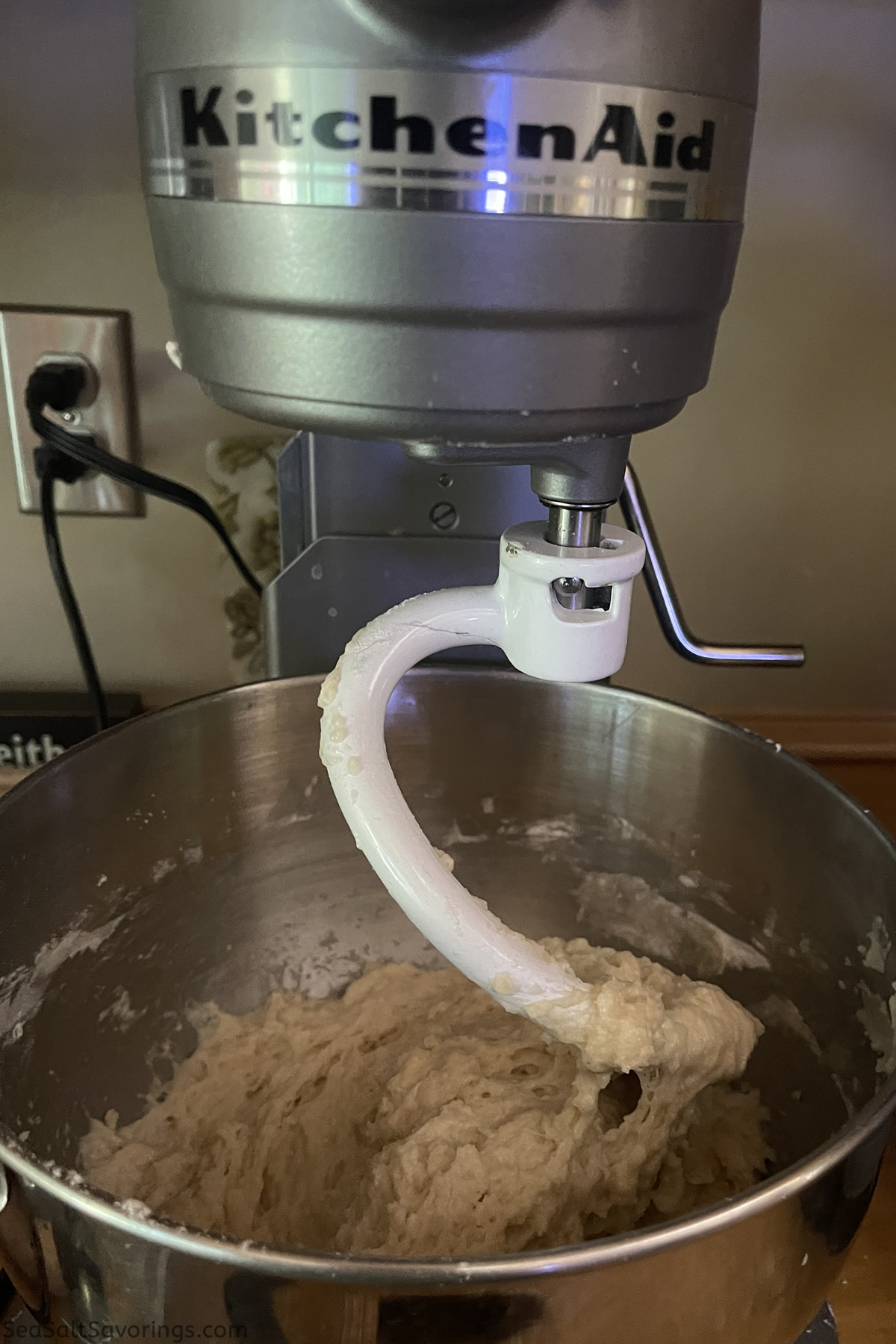
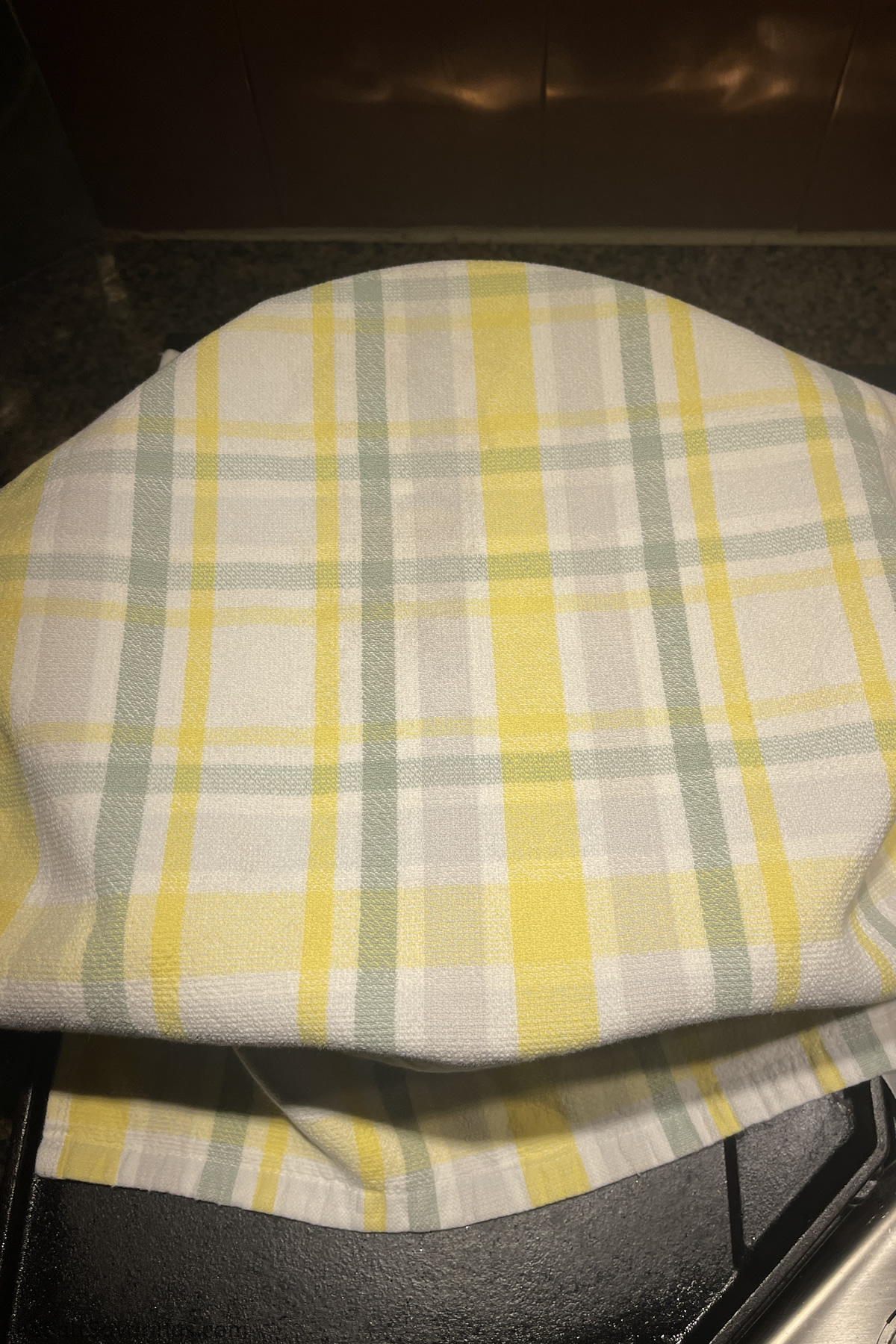
- Once the dough has risen sufficiently, transfer it onto a work surface. Pinch off sections of the dough and shape them into rolls.
- Place the shaped rolls in aluminum pans, cover with a clean dish towel, and let them rise again until they double in size. This second rise could take longer, typically overnight.
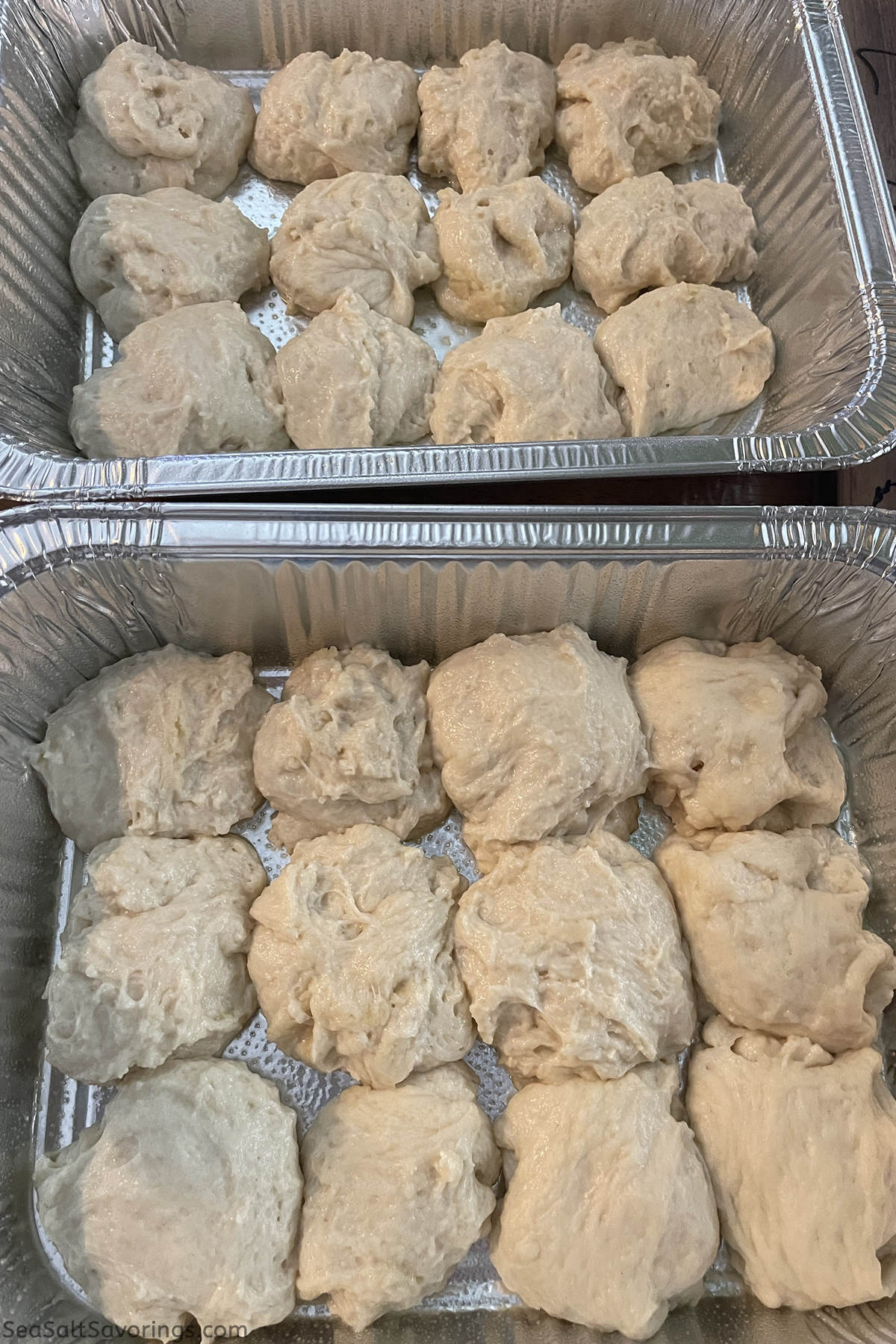
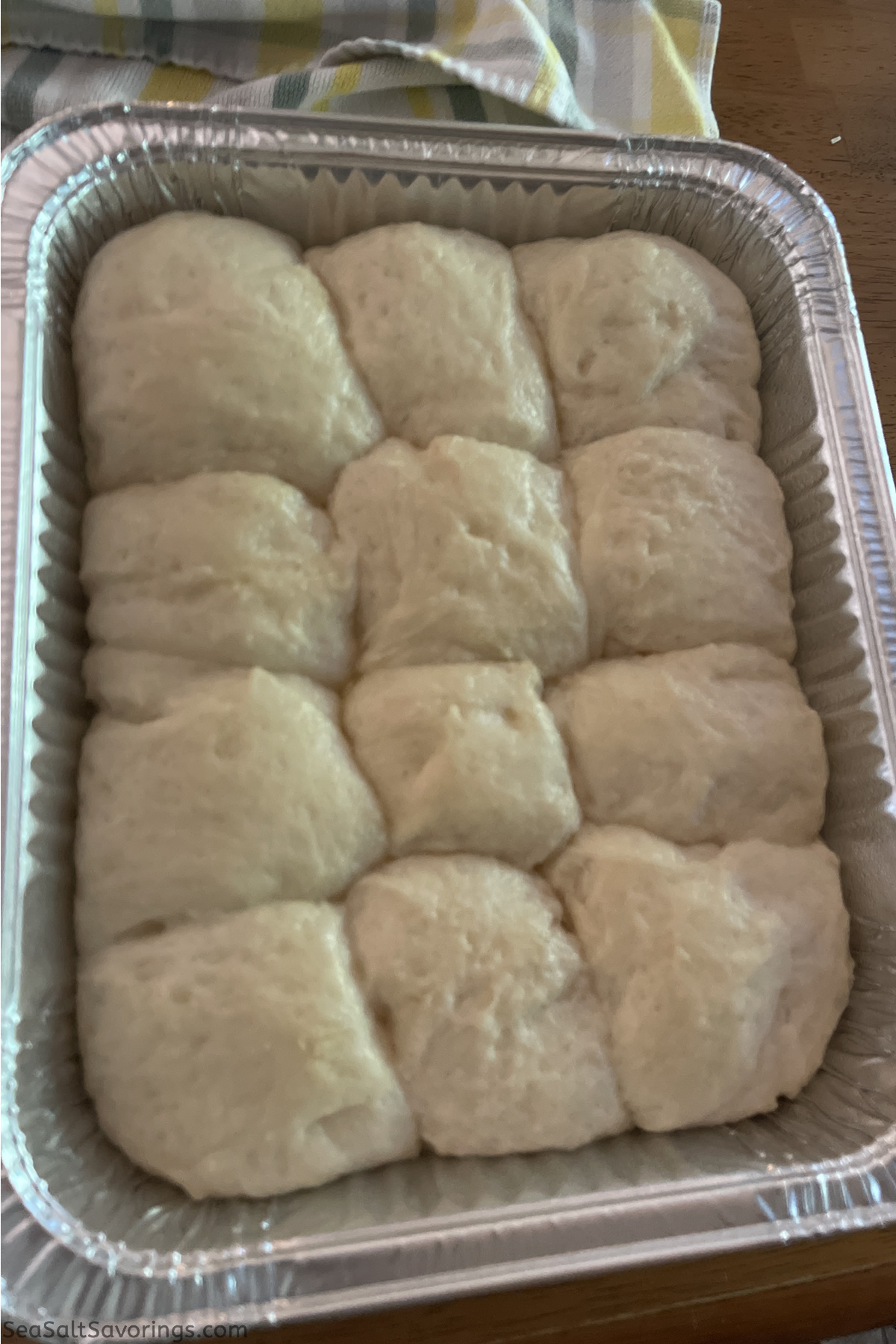
- Preheat your oven to 325°F (165°C).
- Once the rolls have risen well, bake them in the preheated oven for 25-30 minutes or until they attain a golden brown crust.
- Remove the bread from the oven and let it cool slightly on a wire rack before serving.
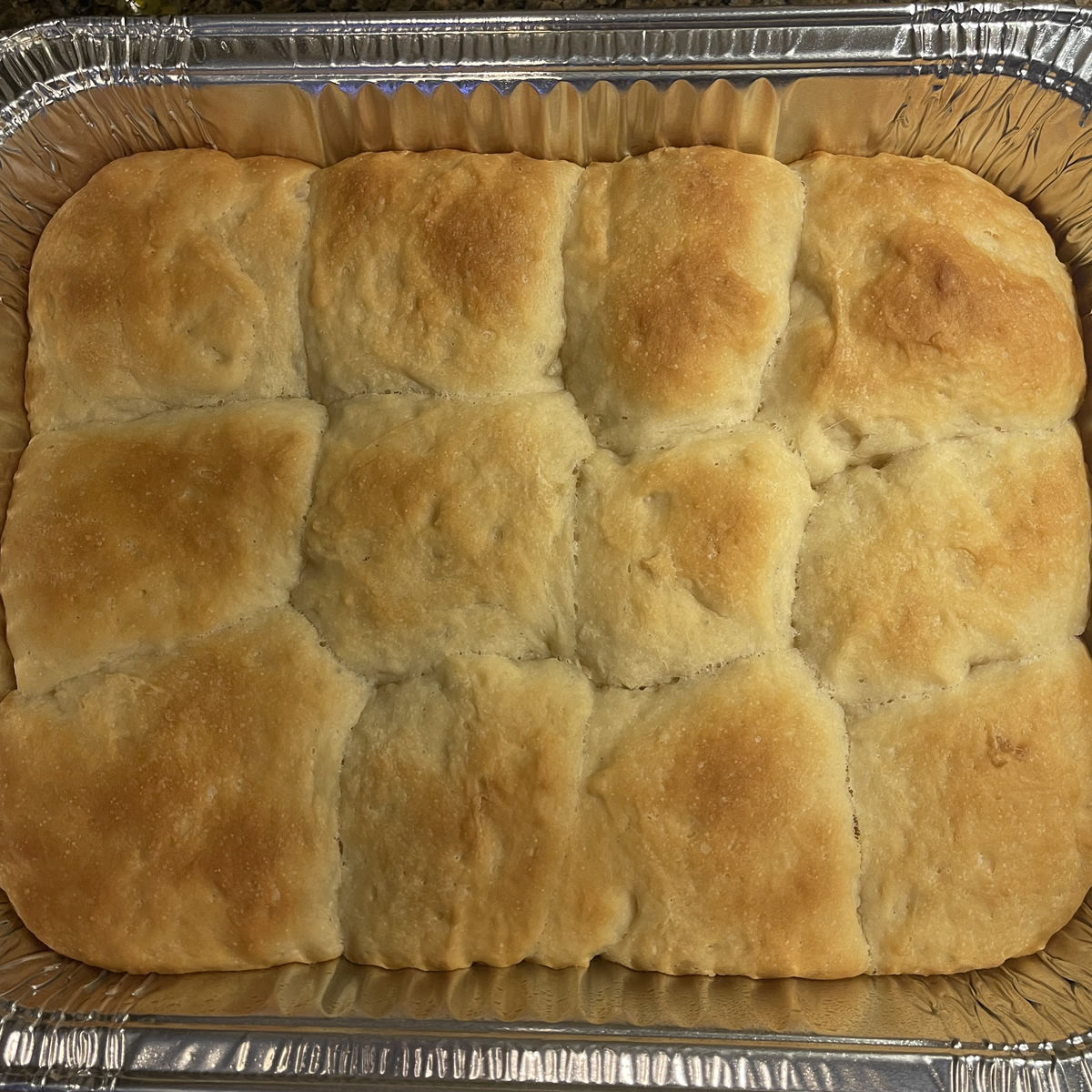
More Bread Recipes
Be sure to follow me on Facebook, Pinterest, Instagram to stay in touch! I love to see your creations! Tag me at #SeaSaltSavorings to show me what you’ve made!
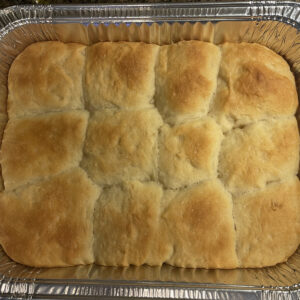
Sourdough Bread with a Potato Flake Starter
Baking bread at home has always been a rewarding experience, and this recipe elevates it with a unique potato flake starter. Follow along to learn how to create Sourdough Bread with a crispy crust and a soft, fluffy interior.
Ingredients
For the Starter
- ¾ cup sugar
- 3 tbsp instant potato flakes
- 1 packet of active dry yeast
- 1 cup water
Instructions
Preparing the Starter
- In a quart-size mason jar, combine the sugar, instant potato flakes, and active dry yeast. Mix the dry ingredients well to incorporate evenly.
- Add water to the dry mixture and stir well to combine.
- Cover the jar loosely and let it sit at room temperature for 8 hours.
- After 8 hours, feed the starter with equal amounts of sugar, potato flakes, and water as initially used. Stir well to combine.
- Cover loosely again and let it sit for another 8 hours. Your starter is now ready to be used in the bread recipe.
Preparing the Bread
- In a large mixing bowl or stand mixer, combine the salt, vegetable oil, sugar, bread starter, and water. Mix well to integrate all the ingredients.
- Gradually add half the quantity of the bread flour and mix well to combine before adding the remaining flour.
- Knead the mixture into a smooth, elastic dough.
- Transfer the dough to a well-oiled bowl, cover with a clean dish towel, and let it rise in a cool, dark place until it doubles in size, which could take approximately 1-2 hours.
- Once the dough has risen sufficiently, transfer it onto a work surface. Pinch off sections of the dough and shape them into rolls.
- Place the shaped rolls in aluminum pans, cover with a clean dish towel, and let them rise again until they double in size. This second rise could take longer, typically overnight.
- Preheat your oven to 325°F (165°C).
- Once the rolls have risen well, bake them in the preheated oven for 25-30 minutes or until they attain a golden brown crust.
- Remove the bread from the oven and let it cool slightly on a wire rack before serving.
Notes
The rising times for the bread may vary depending on several factors, including the ambient temperature and humidity. However, starting your starter at around 9 a.m. on day one should allow you to have freshly baked bread by the morning of day two.
Nutrition
Calories: 1090kcalCarbohydrates: 238gProtein: 26gFat: 4gSaturated Fat: 0.5gPolyunsaturated Fat: 1gMonounsaturated Fat: 0.3gSodium: 1769mgPotassium: 311mgFiber: 6gSugar: 76gVitamin A: 5IUVitamin C: 9mgCalcium: 37mgIron: 2mg
Nutrition values are estimates, for exact values consult a nutritionist.
Tried this recipe?Mention @seasaltsavorings or tag us #seasaltsavorings!

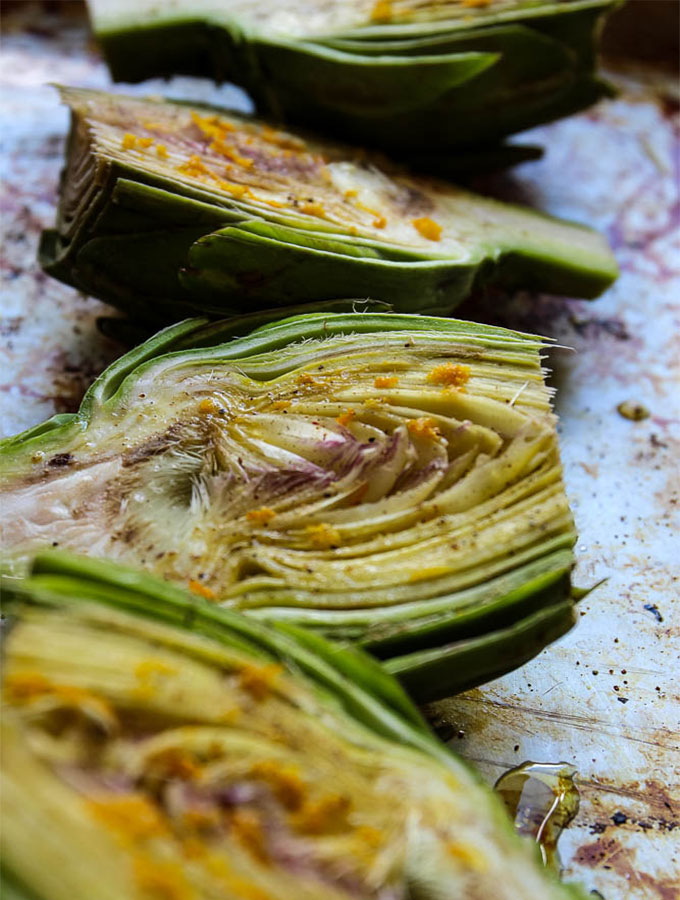
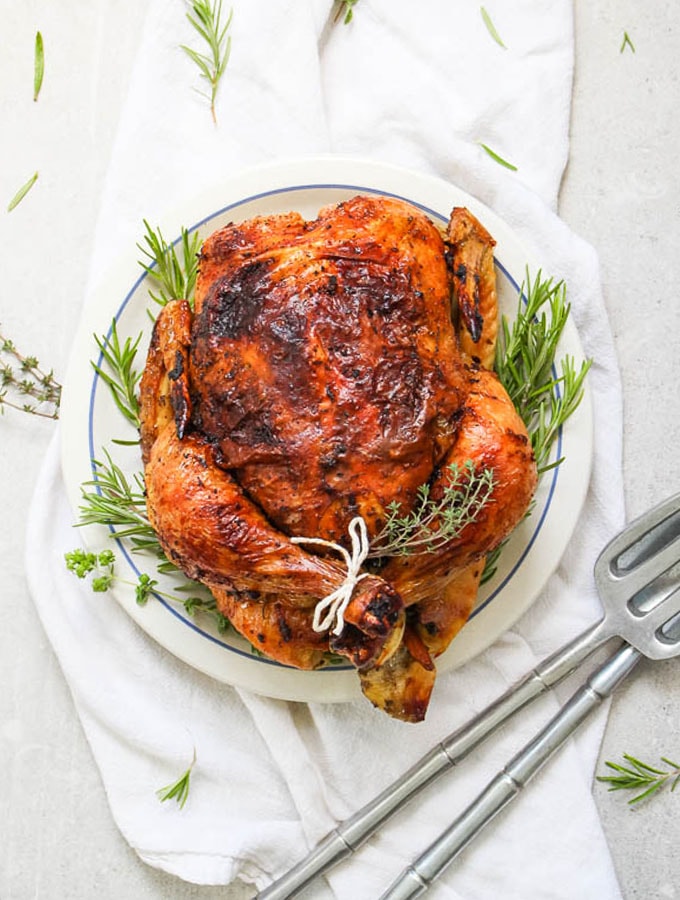
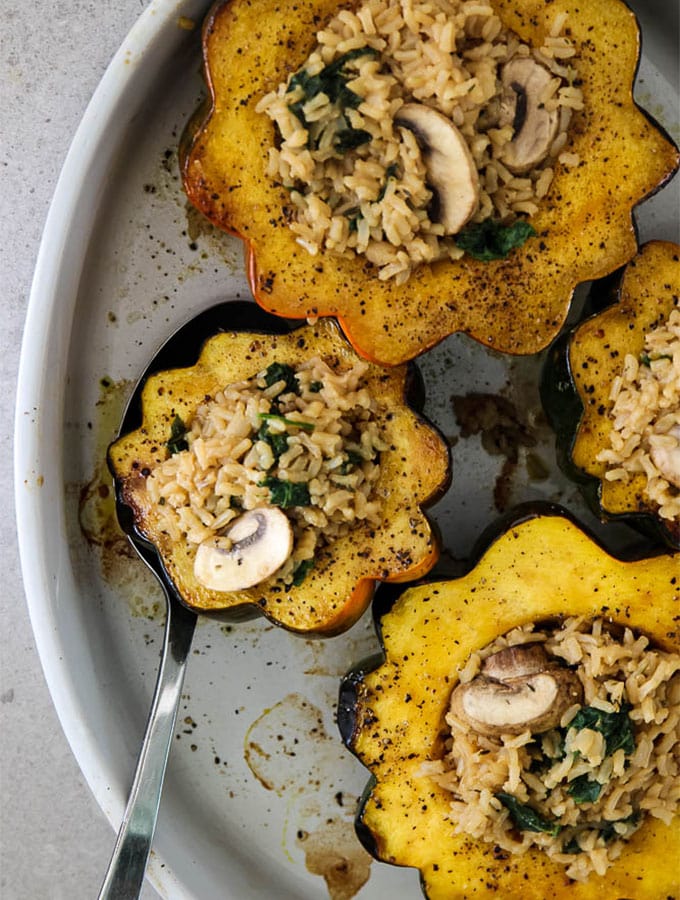

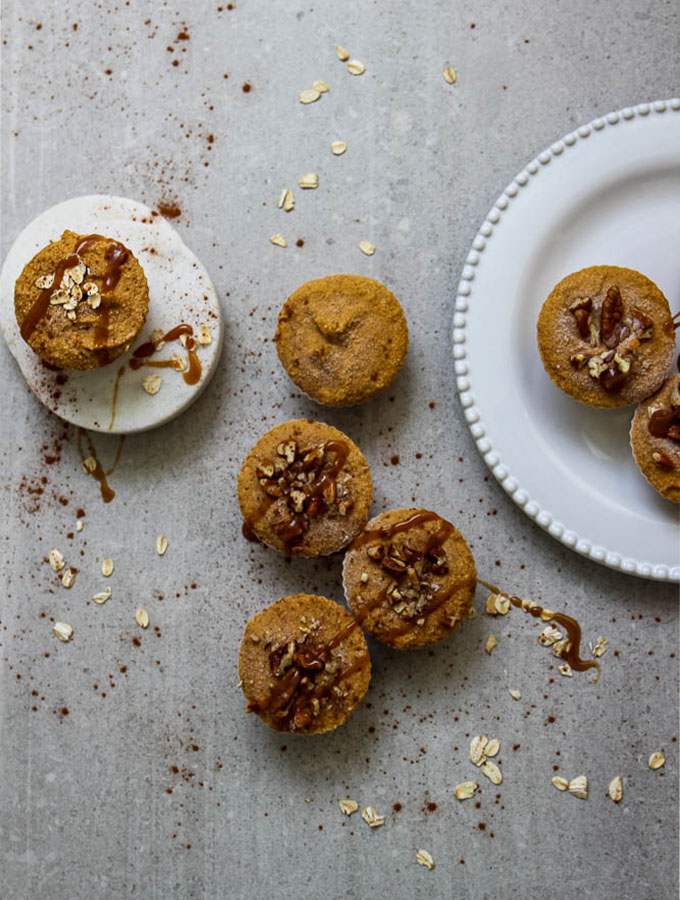
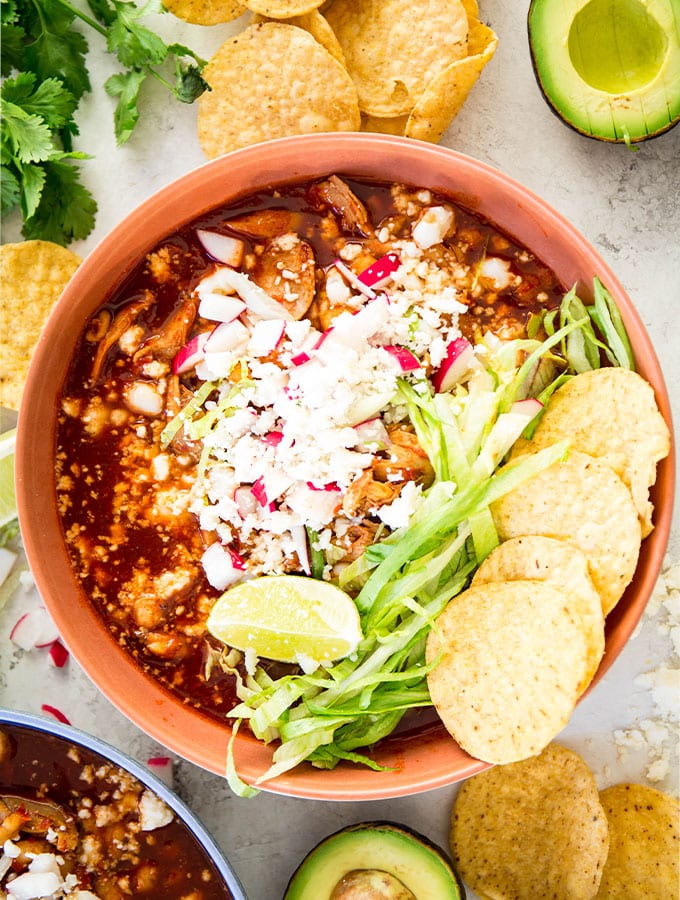
This turned out really wet for me. Too wet to even really make into dough. Not sure why? It does have at least 1/2c more liquid than other recipes I have tried.
That’s strange! The liquid-to-flour ratio in the recipe should work as written. Maybe double-check the measurements—sometimes even a small misstep can make the dough too wet. If it happens again, you could try adding a little flour at a time until it’s the right consistency. Hope that helps! 😊
Have you ever frozen before cooking. If so, would you freeze before the rolls rise or after.
Great question! I haven’t personally frozen these sourdough rolls before baking, but if I were to do so, I would freeze them after shaping into rolls but before the second rise. This way, they’ll retain their shape and can go through the final rise once thawed, giving you fresh, fluffy rolls after baking.
To do this, you’d shape the dough into rolls, place them on a baking sheet, and let them freeze until firm. Then, transfer the frozen rolls to a freezer-safe bag or container. When you’re ready to bake, take them out, arrange them in your pan, and let them thaw and rise in a warm spot until they double in size—this might take a few hours.
Freezing after the second rise could lead to deflation when thawed, so I’d avoid that step if possible. Let me know if you give it a try—I’d love to hear how it turns out! 🥖✨
This sourdough bread is sooooooooooo good. Thanks for sharing.
Robin